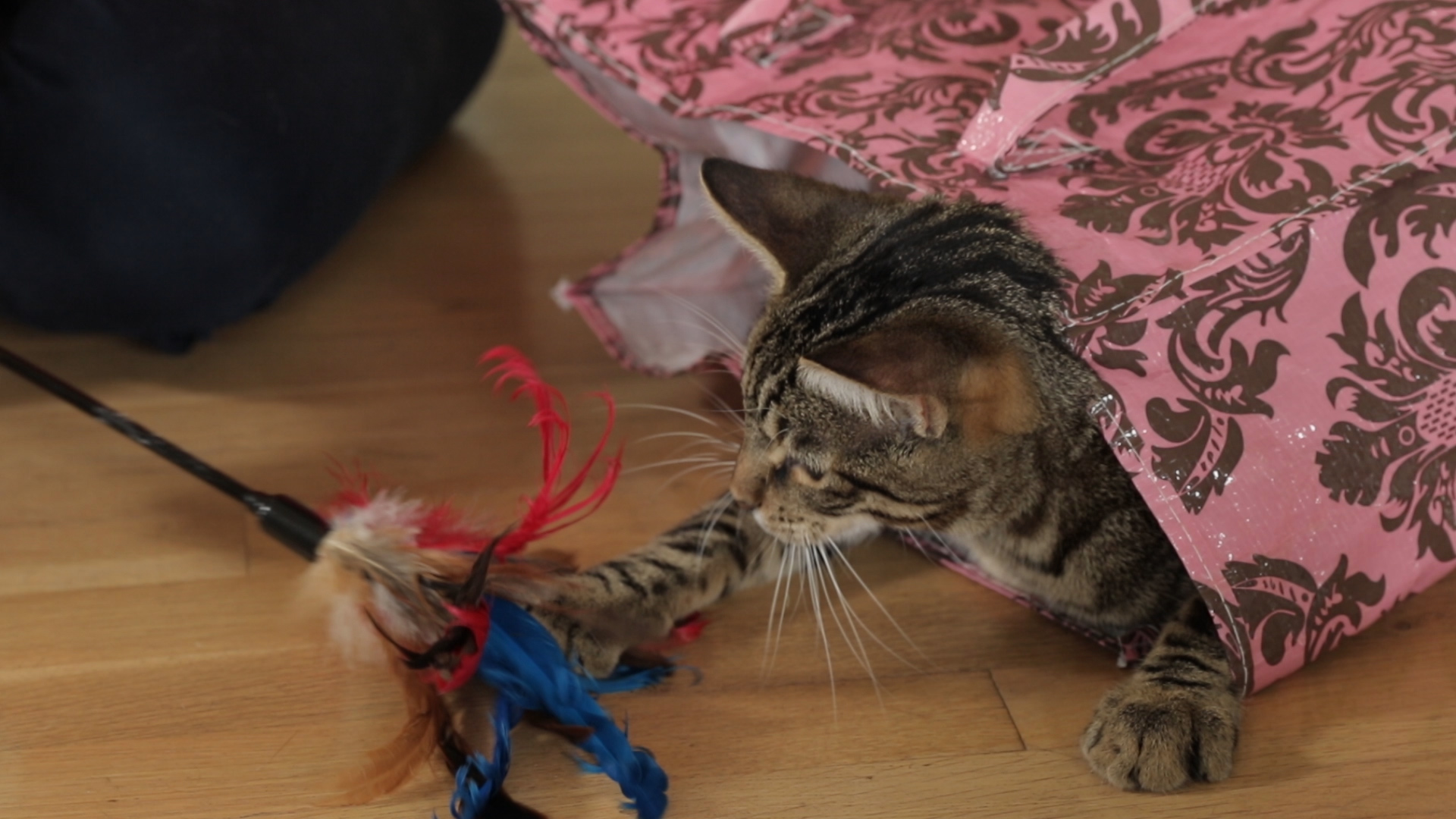Cats, often perceived as the epitome of leisure and laziness with their long naps and lounging habits, require regular physical activity to maintain their health and well-being. Understanding how to exercise your cat is crucial for both physical and mental stimulation.
How Much Exercise Do Cats Need?
How much exercise does a cat need is a common question among pet owners. Generally, most cats need about 10 to 15 minutes of playtime each day. This may seem minimal, but consistent daily activity is essential for maintaining healthy body weight, muscle tone, and cardiovascular health. Moreover, regular play helps deter behavioral problems caused from boredom or pent-up energy.
How to Get a Cat to Exercise
Knowing how to get a cat to exercise revolves around tapping into their instincts. Cats are innate hunters, and stimulating this trait is a perfect way to engage them in play. One popular and effective method is using a laser pointer. The unpredictable and swift movements of the light mimic the actions of prey, driving cats to pounce, chase, and run. Another enticing option is a motorized mouse or any toy that mimics the motion of small animals. Toys with feathers that mimic the sound and appearance of birds can also captivate a cat’s attention.
Interactive toys are another great resource. Puzzle feeders, designed to make your cat work for their food, can engage their minds and provide necessary exercise. Cat trees and climbing structures also encourage exercise by allowing cats to climb and leap, activities that are essential to their physical health.
Making Exercise Fun and Playful
Integrating exercise into your cat’s routine doesn’t have to be a chore. Combining play and physical activity ensures the process is enjoyable for both you and your feline friend. Use a variety of toys to keep the activities exciting and unpredictable. Rotate these toys regularly so that each play session offers a fresh experience.
Hide toys around the house to encourage exploration and curiosity, or create an obstacle course with boxes and tunnels to navigate. These activities not only stimulate their muscles but also sharpen their problem-solving skills.
Playing alongside your cat further strengthens the bond you share. Dedicating specific times during the day for interactive play gives your cat predictability and something to look forward to. It becomes a cherished routine that enhances your relationship.
Finally, consider your cat’s individual preferences. Not every cat will enjoy the same types of play, so it’s important to observe what engages them most. Some might prefer solo play with automated toys, while others thrive on interactive sessions with their owner.
In sum, regular exercise is vital in preserving your cat’s physical condition and emotional well-being. Understanding how much exercise do cats need and how to exercise your cat effectively will ensure they lead a vibrant, healthy life free from the complications of inactivity. Through playful and engaging interactions, exercise time becomes a highlight of both your and your cat’s day.




